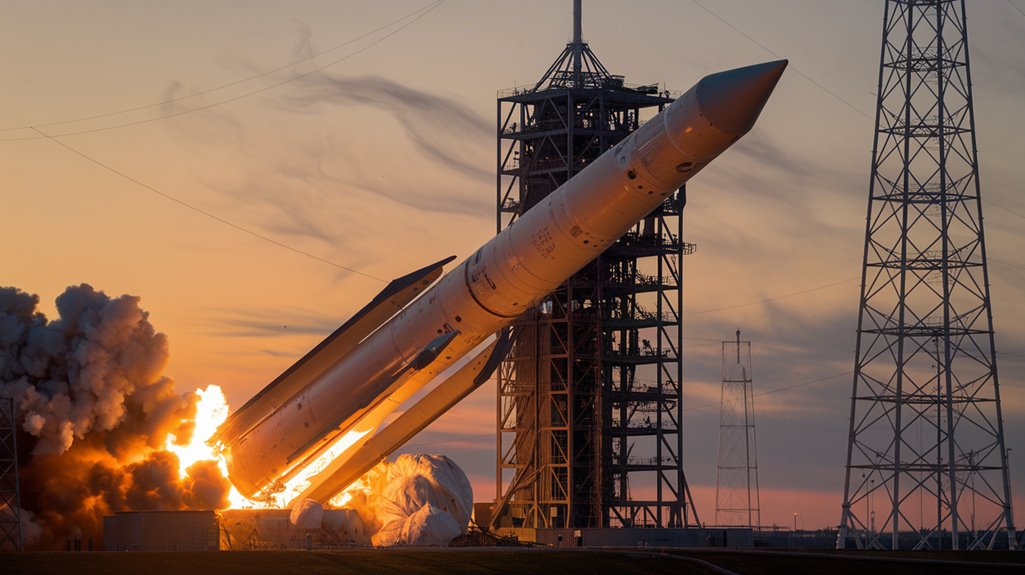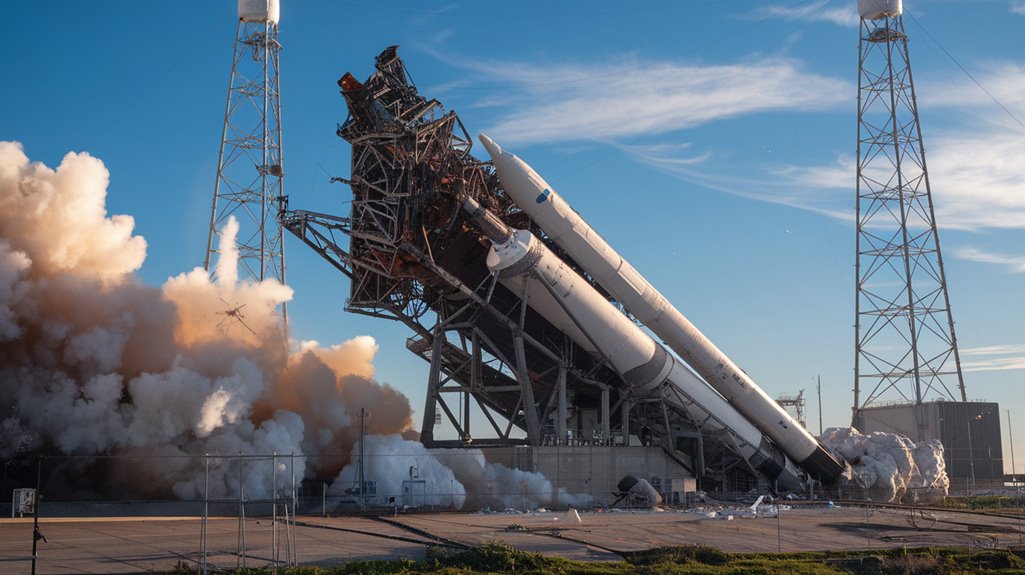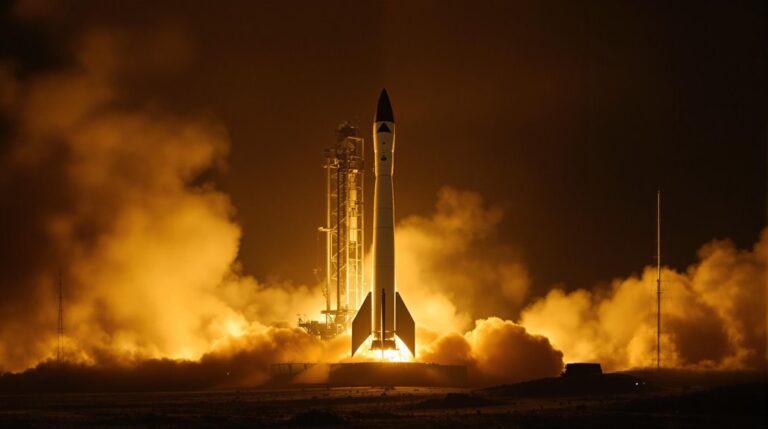Kaputnik: America’s Hilariously Bad First Satellite Launch
You might think the Space Race was all about America's triumphs, but there's an amusing tale of failure you'll want to hear. In December 1957, while the Soviets celebrated their Sputnik success, the U.S. managed to turn their first satellite launch into an explosive punchline. The ill-fated Vanguard TV-3 didn't just fail—it became a global spectacle that earned nicknames like "Kaputnik" and "Flopnik." But this embarrassing mishap changed everything.
The Space Race Heats Up: Sputnik Sparks American Anxiety
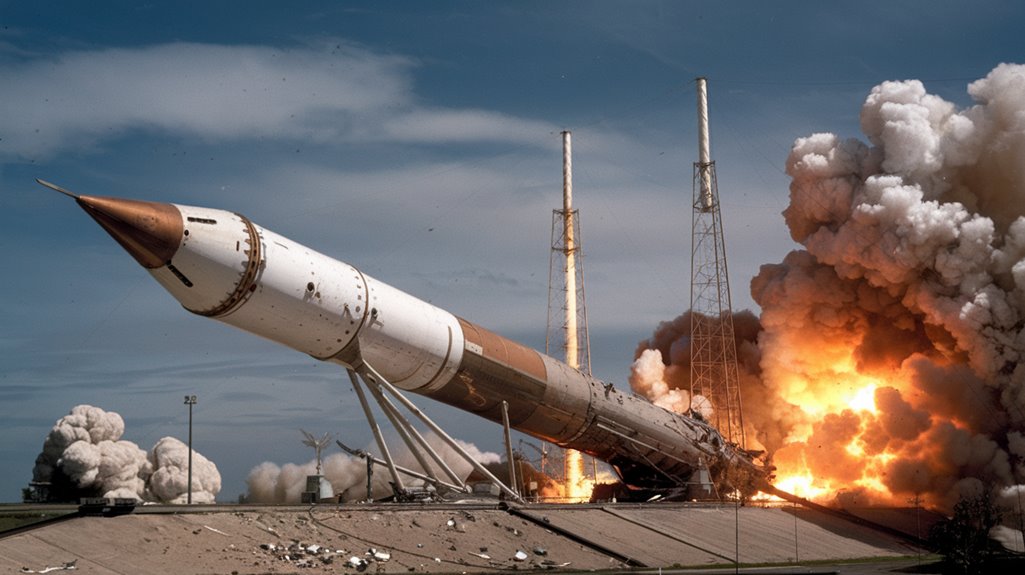
The Sputnik impact went far beyond scientific achievement.
You'd find Americans gripped by fear as they realized their technological superiority wasn't guaranteed. The satellite's presence overhead sparked widespread anxiety about Soviet missile capabilities and potential nuclear threats. The satellite orbited Earth at 8 kilometers per second, demonstrating the Soviet Union's advanced rocket capabilities. President Eisenhower's response was initially more measured, seeing potential benefits for military intelligence.
This wake-up call catalyzed American innovation like never before, compelling the government to pour resources into science, technology, and education.
The Space Race was on, and you were witnessing the moment that would transform both American society and the Cold War's trajectory.
The Vanguard Project: America's Promise to the Stars
As America scrambled to catch up with the Soviets in 1955, Project Vanguard emerged as the nation's ambitious bid to launch its first satellite during the International Geophysical Year.
You might be surprised to learn that while the project emphasized scientific instrumentation over military applications, it faced numerous setbacks that tested the nation's patience.
The Naval Research Laboratory developed impressive satellite technology: a three-stage rocket standing 72 feet tall and a basketball-sized satellite packed with sophisticated instruments. IBM provided critical support with their 704 mainframe system for tracking and monitoring the satellite's progress.
But when launch day arrived, Americans watched in horror as the first attempts ended in spectacular failures. The media mockingly dubbed it "Kaputnik" and "Flopnik."
Despite these early stumbles, Vanguard eventually triumphed when Vanguard 1 reached orbit in March 1958, becoming America's second satellite and the world's first solar-powered spacecraft. Today, this grapefruit-sized aluminum sphere continues to orbit Earth, outlasting both Explorer 1 and Sputnik.
The Day Everything Went Wrong: December 6, 1957
On December 6, 1957, millions of Americans gathered around their televisions to witness what they hoped would be a historic moment in the Space Race, only to watch their nation's first satellite attempt end in a humiliating fireball.
You'd think this launch mishap couldn't get worse, but it did. The Vanguard TV-3 rocket, carrying America's pride in the form of a tiny 1.5-kilogram satellite, rose just 1.2 meters before losing thrust.
In a spectacular display of satellite failure, it crashed back onto the launch pad and exploded, sending its payload tumbling across Cape Canaveral. The failure occurred due to inadequate fuel pressure in the first-stage engine system.
The Soviet press mockingly dubbed it "Kaputnik," a bitter reminder that while the USSR had already launched two successful Sputniks, America's response had literally fallen flat.
This embarrassing setback would later catalyze the formation of NASA.
Press Reaction: How "Flopnik" Became a National Embarrassment
The public humiliation hit home as crowds who'd gathered at Cape Canaveral witnessed the spectacle live.
Even Senator Lyndon B. Johnson called it "most humiliating" for the American people.
The Soviet press had a field day with the incident, ridiculing the U.S. attempt with headlines like "Flopnik and Kaputnik."
The media mockery became so intense that the New York Stock Exchange temporarily suspended trading of Martin Company's stock, the project's primary contractor.
The Soviet Union's reaction went beyond mockery when they smugly offered technical assistance to help the Americans develop their space program.
Beyond the Explosion: What We Learned From Failure
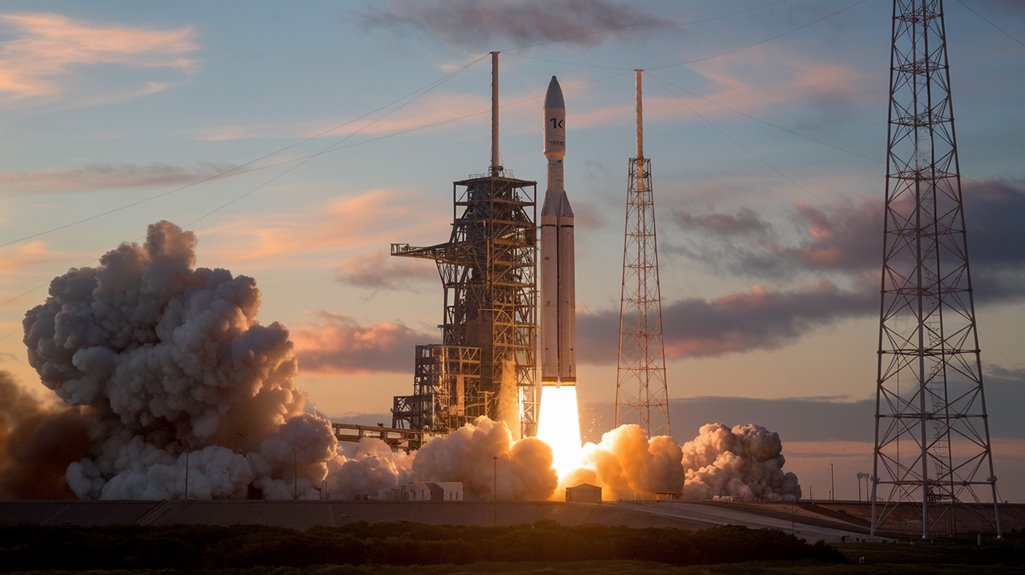
While the Vanguard TV-3's explosion initially seemed like a complete disaster, this spectacular failure taught America's space program invaluable lessons about rocket design and testing procedures.
The failure analysis, though hampered by limited instrumentation, revealed vital weaknesses in fuel pressure systems and connection points that would inform future launches. The media mockingly dubbed it "Flopnik" and "Kaputnik". The satellite was powered by an innovative design using six solar cells mounted on its exterior.
You might be surprised to learn that despite its notorious explosion, Vanguard's legacy lived on through its technological contributions.
The program's upper stages became the foundation for future rockets, including the Atlas-Antares.
Even more importantly, it pushed engineers to develop more rigorous testing protocols.
These engineering lessons proved essential when NASA took over the program in 1958, leading to successful launches like Vanguard 1, which provided vital data about Earth's shape and atmospheric conditions.
The Silver Lining: NASA's Birth and America's Space Future
Despite America's initial stumble with Vanguard TV-3, the space race's silver lining emerged through NASA's creation in 1958. President Eisenhower signed the founding legislation in July, transforming the existing NACA into a powerful new space agency. The agency's initial annual budget of $100 million helped establish its operational foundation.
You might be surprised to learn that NASA hit the ground running, absorbing 8,000 employees and inheriting essential research facilities from its predecessor.
NASA's establishment marked a turning point in American space exploration. By incorporating German rocket expertise and forming partnerships with organizations like the European Space Agency, NASA quickly evolved into a global space powerhouse. Building on early Soviet achievements like Sputnik 1's historic launch, NASA developed a competitive spirit that would drive decades of innovation.

